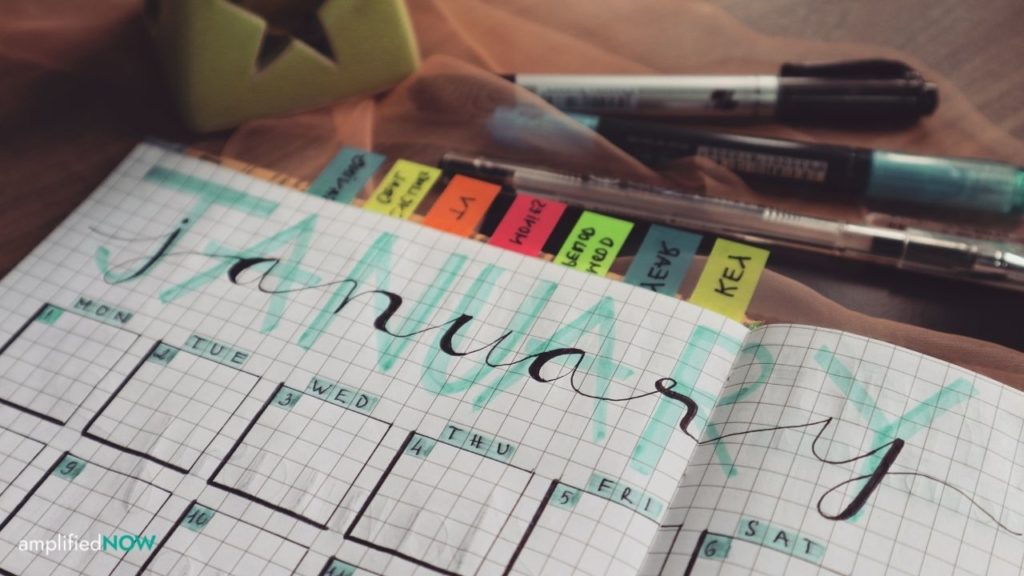Subcontracting Work and Managing Freelance Teams
Hey there, hotshot boss-man (or boss-lady)! Welcome to the wild, wild west of subcontracting work and managing freelance teams. We’re about to take a deep dive into the hustle and bustle of the freelance jungle to show you how it’s really done, American-style.
Understanding Subcontracting 101
First things first! Let’s grab the bull by the horns and tackle the big question: what’s subcontracting? Investopedia describes it as hiring another company or person to complete a task. It’s like delegating, but with a fancier name and some legal stuff thrown in.
Think of it as being the quarterback of a football team. You call the plays, but the linebacker’s job is to tackle the opposition (a.k.a. complete the project).
Picking a Winning Team
Now that we’re clear on the basics, it’s time to shoot the breeze on assembling your ultimate freelance team. This is just like drafting your fantasy baseball lineup (and we all know how seriously we take that!).
An experienced freelancer can be your MVP, someone who knows the drill and can knock it out of the park every time. Upwork and Freelancer are good places to start hunting for such talent.
Remember, it’s not always about finding the cheapest player in the game. You need quality players if you want to win the game!
Communication is Key
Once you’ve cherry-picked your team, it’s all about communication, baby! Let me tell ya, this is where the rubber meets the road. You need to be clear about project goals, deadlines, and feedback to keep everyone singing from the same hymn sheet.
There’s this little thing called Slack that might just become your best friend on this wild ride. It’s an awesome tool for managing team chats and project updates.
Don’t Forget The Legal Mumbo Jumbo!
Now, all this sounds pretty slick so far, but don’t forget about the contract. This is your safety net to ensure you’re not left high and dry if things go south. Hiring a lawyer to take care of the paperwork can leave you as happy as a clam at high water!
The Final Whistle
Running the show with subcontracting and managing freelance teams is no cakewalk, but it sure is rewarding when you get it right. You’ll be sitting pretty if you follow these tips!
So what are you waiting for? Get out there and start rounding up your dream team!
Here comes the pep talk! As a small biz owner, there’s always a juggling act you have to perform. From sealing deals to managing financials and then the pesky thing of actually doing the work. But here’s the good news: Subcontracting and managing freelance teams can help you knock out massive amounts of work like a pro!
The Subcontracting Playbook
Think of subcontracting like a game of football. You’re the coach calling the plays, the quarterback is your freelance team leader executing the plays, and the rest of the crew? They’re specializing in their positions, fulfilling crucial roles to move the ball down the field (a.k.a. completing tasks).
The best part? Once the game plan is set and the team knows their roles, your major job is to watch the play unfold and ensure the strategy’s working. If you’ve hired competent players, you’ll act more like an NFL GM (general manager), assembling talent and setting the direction of the team. Think of the GM as your quarterback’s boss, and your quarterback then manages the rest of the team.
Now, subcontracting isn’t just about handing off tasks and sipping margaritas. You need to stay in touch with your team, ensure they’re clear about the game plan and handle conflicts that may arise between team members.
Still hanging in there? Great! Let’s break it down further. Let’s say you have a freelance content creator working on a marketing project for your client. Their job is similar to an offensive lineman. They set the pace, guard the quarterback, and set up plays (a.k.a do the bulk of the project work).
If your content creator needs a graphic designer for visuals, that’s like a running back. They have one key task to perform that adds immense value to the game (a.k.a. project).
Meanwhile, if something’s not going smoothly or there are obstacles preventing the project from moving forward, that’s where you, the coach, must step in. This could be the equivalent of having a linebacker on your team if you’re into football analogies. In layman terms, get rid of hurdles so your team can keep advancing. Remember, you’re not there to tackle the opposition directly, but the linebacker’s job is to tackle the opposition (a.k.a. complete the project).
Picking a Winning Team
Now that we’re clear on the basics, it’s time to shoot the breeze on assembling your ultimate freelance team. This is just like drafting your fantasy baseball lineup (and we all know how seriously we take that!).
An experienced freelancer can be your MVP, someone who knows the drill and can knock it out of the park every time. Upwork and Freelancer are good places to start hunting for such talent.
Remember, it’s not always about finding the cheapest player in the game. You need quality players if you want to win the game!
Communication is Key
Once you’ve cherry-picked your team, it’s all about communication, baby! Let me tell ya, this is where the rubber meets the road. You need to be clear about project goals, deadlines, and feedback to keep everyone singing from the same hymn sheet.
There’s this little thing called Slack that might just become your best friend on this wild ride. It’s an awesome tool for managing team chats and project updates.
Don’t Forget The Legal Mumbo Jumbo!
Now, all this sounds pretty slick so far, but don’t forget about the contract. This is your safety net to ensure you’re not left high and dry if things go south. Hiring a lawyer to take care of the paperwork can leave you as happy as a clam at high water!
The Final Whistle
Running the show with subcontracting and managing freelance teams is no cakewalk, but it sure is rewarding when you get it right. You’ll be sitting pretty if you follow these tips!
So what are you waiting for? Get out there and start rounding up your dream team!
Consider Your Team Structure
Before you start gathering your team, you have to figure out what structure will work best for the projects you’re handling. If you have a diverse range of projects, a generalist freelancer who can handle a broad scope of tasks can be crucial. However, if you’re dealing with very specific and technical projects, then a specialist in that niche may be more beneficial.
Look for Red Flags
During your search for freelancers, be aware of any potential red flags. This might include poor communication, a lack of experience or skills, or a non-existent portfolio. You want to hire freelancers who are reliable, skilled and able to meet your specific needs. Don’t hesitate to do a thorough interview or even a trial run before making the final decision.
Manage, Don’t Micromanage
Once you’ve hired your team, it’s important to manage them without micromanaging. Remember, your freelancers are individual professionals and should be given the freedom to complete the tasks in their own way, as long as they meet the project goals. Provide regular feedback and be open to their ideas and strategies.
Have a Backup Plan
Even with the most reliable of freelancers, things can and will go wrong. So always have a backup plan in place. This might involve having a substitute freelancer on standby, adjusting your project deadlines, or even taking on some of the tasks yourself in case of emergencies.
Payment Matters
Finally, remember that timely payment matters. If you want to keep your freelancers happy (and willing to work for you), make sure that payments are always on time and that any disputes are handled quickly and professionally.
Building your own freelance team is a great way to tackle a wide range of projects without having to hire full-time employees. With the right strategies and a little bit of patience, you can assemble a fantastic team of professionals who can help you take your business to new heights.
Communicate Expectations Clearly
Once you’ve found a freelancer with the right skills and experience, it’s important to communicate your expectations clearly. Remember to lay out the scope of work, deadlines, payment details and any other specifics that might be necessary about the project. This aspect will reduce any misunderstandings and ensure both parties understand exactly what is required. Remember that good communication is key to a successful freelancer-employer relationship.
Provide Room for Growth and Adaptability
Even though freelancers are independent, they are an extension of your team. Providing them with opportunities for growth and learning can foster loyalty and commitment. Promote a sense of belonging and encourage them to adapt to your company culture. If possible, extend training and learning opportunities to them.
Establish Regular Check-Ins
Keep in touch with your freelance team through regular check-ins. This helps to keep everyone on the same page about project progress and updates. The interval will depend on the nature of the project; it could be weekly, bi-weekly, or monthly. These check-ins will also provide a platform for them to express any concerns or challenges they may be facing.
Learning how to build and manage a freelance team is a process and will need investment in time and resources. However, with the right strategies, it can bring immense benefits to your business by providing flexibility, reducing costs, and giving access to a global pool of talent.


